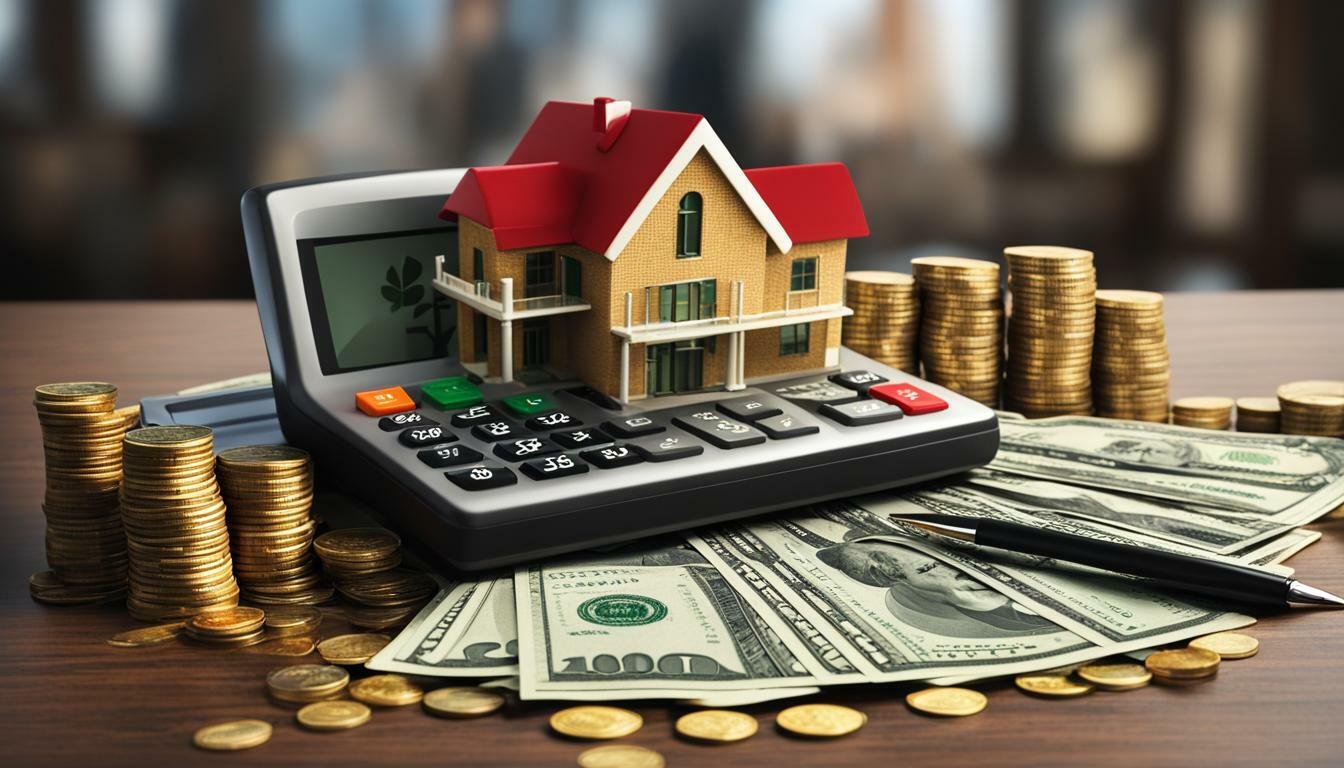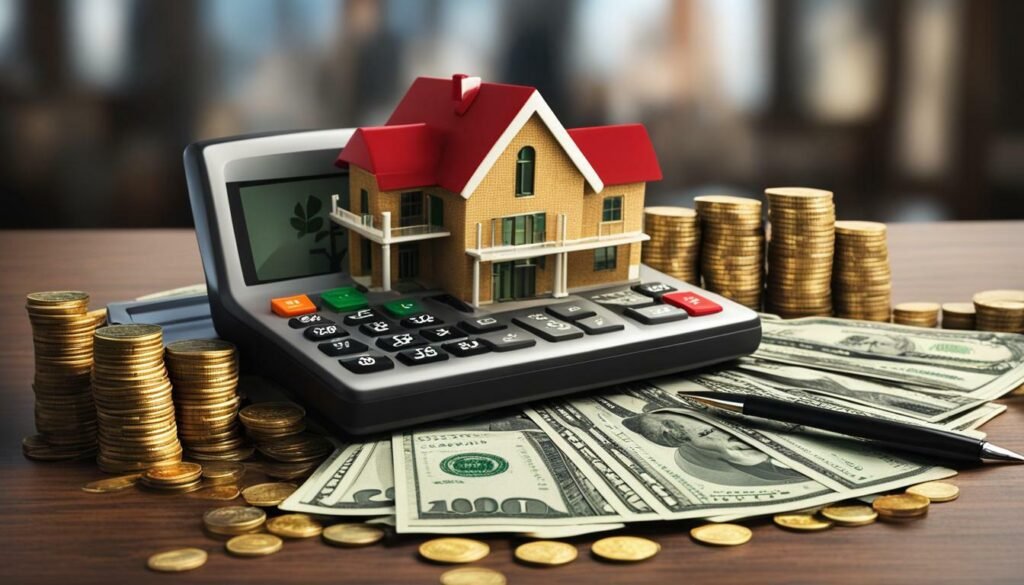 If you’re a real estate investor or interested in purchasing rental property, you may have come across the term Gross Rent Multiplier (GRM). GRM is a valuable tool for evaluating the investment profitability of a prospective property. In this article, we’ll explore the concept of GRM in real estate and how it can be used to analyze potential investment opportunities, including the GRM formula and its relationship to rental income. We’ll also discuss the role of GRM in property valuation and the factors that can influence its calculation in different markets.
If you’re a real estate investor or interested in purchasing rental property, you may have come across the term Gross Rent Multiplier (GRM). GRM is a valuable tool for evaluating the investment profitability of a prospective property. In this article, we’ll explore the concept of GRM in real estate and how it can be used to analyze potential investment opportunities, including the GRM formula and its relationship to rental income. We’ll also discuss the role of GRM in property valuation and the factors that can influence its calculation in different markets.
Contents
Understanding Gross Rent Multiplier (GRM)
When it comes to evaluating the potential profitability of a rental property, one important metric to consider is the Gross Rent Multiplier (GRM). GRM is a simple formula used by real estate investors and appraisers to determine the property’s value based on its rental income.
The formula for calculating GRM is straightforward: divide the property’s sale price by its gross annual rental income. The resulting figure is the Gross Rent Multiplier.
| GRM Formula | |
|---|---|
| Property Sale Price ÷ Gross Annual Rental Income = Gross Rent Multiplier (GRM) |
For example, if a rental property is listed for $500,000 and generates $50,000 in annual rental income, the GRM would be 10. This means that it would take ten years of rental income to pay for the property’s purchase price.
GRM is particularly useful because it takes into account the property’s income-generating potential rather than just its physical characteristics. By using this metric, investors can quickly assess the property’s profitability and compare it to other potential investment opportunities.
It is worth noting that while GRM is a useful tool, it does have limitations. For example, it does not consider expenses such as property taxes, maintenance costs, or vacancies. Therefore, it is important to use GRM in conjunction with other metrics and consider all relevant factors before making an investment decision.
The Role of GRM in Real Estate Investment
GRM plays a crucial role in real estate investment, particularly in property valuation. One of the methods for property valuation is the income approach, which utilizes the concept of GRM. The income approach determines a property’s value based on its potential to generate income.
GRM is used as a tool in the income approach to evaluate a property’s current and potential rental income. The formula for GRM is the property’s purchase price divided by its annual gross rental income. The resulting number provides an estimate of how many years it would take to recoup the purchase price through rental income.
Real estate investors use GRM to assess a property’s investment potential. A low GRM indicates a property with high potential for generating income, while a high GRM suggests a property with lower income generation potential. This information allows investors to make informed decisions about which properties to invest in and what price to offer.
Overall, GRM provides a quick and effective way to evaluate a property’s income potential and plays a key role in real estate investment decision-making. Understanding GRM and its relationship to property valuation is essential for anyone looking to invest in real estate.
Evaluating Potential Investment Profitability with GRM
Now that we understand the calculation and significance of Gross Rent Multiplier (GRM) in real estate, let’s explore how it can be used to evaluate potential investment profitability.
The first step in conducting a rental property analysis using GRM is to gather relevant data, including the property’s rental income and sale price.
Using the GRM formula – Sale Price ÷ Gross Annual Rental Income = GRM – we can then calculate the GRM for the property. A lower GRM indicates a higher potential for investment profitability, while a higher GRM suggests lower profitability.
It’s important to note that the GRM calculation should not be the sole factor in making investment decisions. It should be used in conjunction with other valuation methods and factors, such as the property’s location, condition, and market trends.
Additionally, it’s essential to consider any potential expenses associated with the property, such as maintenance costs and property taxes. Subtracting these expenses from the rental income can provide a more accurate representation of the property’s profitability.
Overall, using GRM as a tool for rental property analysis can provide valuable insight into potential investment profitability. By considering all relevant factors and conducting thorough due diligence, investors can make informed decisions and maximize their returns.
Factors Influencing GRM in Real Estate
The Gross Rent Multiplier (GRM) in real estate is influenced by a variety of factors that can impact investment profitability. We explore the most significant GRM factors in detail below.
Location
Location is a crucial factor in determining the GRM of a property. Properties located in highly sought-after areas or those that offer easy access to amenities such as schools, transport links, and shopping centers tend to have a higher GRM. This is because such properties are more likely to attract high-quality tenants who are willing to pay a premium for the location.
On the other hand, properties in less desirable locations or areas that are experiencing economic decline may have a lower GRM as they are less likely to attract renters willing to pay top dollar for the convenience of the location.
Property Condition
The condition of a property can also impact its GRM. Properties that have been well-maintained and updated with modern fixtures and fittings will generally have a higher GRM than those that are in poor condition or require significant repairs.
This is because renters are willing to pay more for properties that are in good condition and require little maintenance. Furthermore, properties that have been recently renovated or fully refurbished may command higher rental rates, which will ultimately increase the GRM.
Market Trends
The current state of the real estate market also plays a critical role in determining the GRM of a property. In a seller’s market, where demand for properties is high and supply is low, GRMs tend to be higher as rental rates increase. Conversely, in a buyer’s market, where supply outstrips demand, GRMs may be lower as rental rates decline.
Market trends such as interest rates, inflation, and housing affordability can also impact the GRM. For example, rising interest rates may reduce the purchasing power of potential buyers, leading to an increase in rental demand and ultimately, a higher GRM.
Investors should carefully monitor market trends and adjust their investment strategies accordingly to ensure that their properties are performing optimally.
Conclusion
In summary, Gross Rent Multiplier (GRM) is a crucial tool in evaluating potential investment profitability in real estate. GRM is derived using the GRM formula, which takes into account the relationship between rental income and property value. This makes GRM an essential factor in property valuation and is often used in the income approach to real estate investment.
By conducting a rental property analysis using GRM, investors can determine the profitability of a potential investment. This involves calculating the GRM, considering factors such as location, property condition, and market trends, and assessing the resulting investment returns.
It is important to note that GRM is not the only factor to consider when investing in real estate. However, it is a key component of the overall investment analysis and provides valuable insight into the potential profitability of a property.
In conclusion, understanding and utilizing GRM in real estate investment can increase the likelihood of a successful investment. By evaluating the GRM and other critical factors, investors can make informed decisions and maximize their returns.
FAQ
Q: What is GRM in real estate?
A: GRM stands for Gross Rent Multiplier. It is a metric used in real estate to evaluate the potential profitability of an investment.
Q: How is Gross Rent Multiplier (GRM) calculated?
A: The GRM is calculated by dividing the property’s purchase price by its gross rental income. The formula is: GRM = Property Purchase Price / Gross Rental Income.
Q: What is the role of GRM in real estate investment?
A: GRM plays a crucial role in property valuation when using the income approach method. It helps investors determine the potential profitability of a rental property based on its rental income.
Q: How can GRM be used to evaluate potential investment profitability?
A: By conducting a rental property analysis using GRM, investors can assess the potential profitability of an investment. The GRM calculation provides insights into the property’s income potential and helps inform investment decisions.
Q: What factors can influence the GRM in real estate?
A: Several factors can influence the GRM in real estate, including the property’s location, condition, and current market trends. These factors can impact the rental income and ultimately affect the GRM.
- Can you become a millionaire by investing in real estate? - November 7, 2023
- What form of AI is most commonly used in real estate? - November 5, 2023
- What is the AI real estate market forecast? - November 3, 2023
